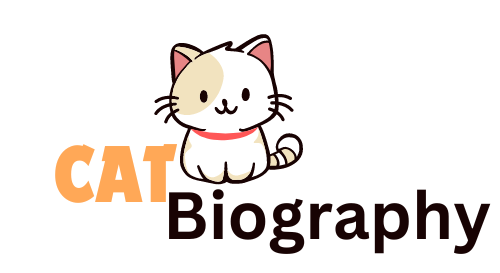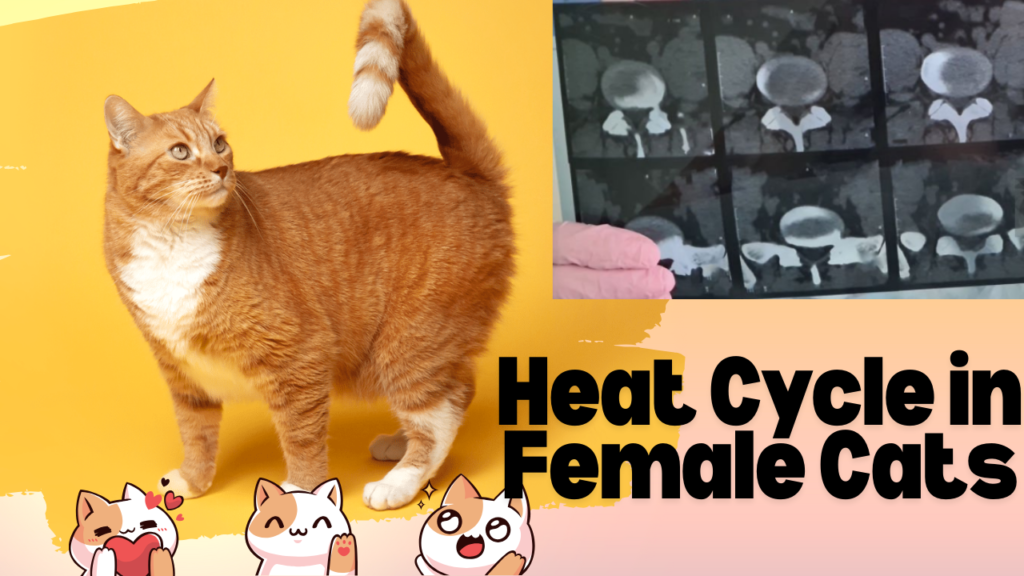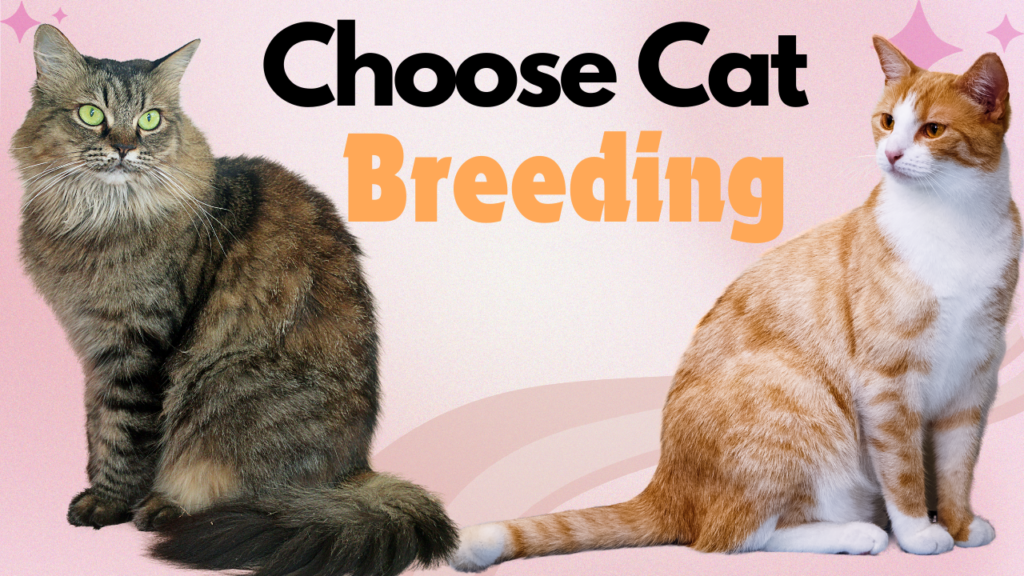Female cats, known as queens, have a distinct reproductive cycle called the heat cycle or estrous cycle. This biological process is crucial for breeding and understanding your cat’s behaviors. In this comprehensive guide, we will delve deeper into the stages, signs, management, and care during your queen’s heat cycle to ensure her health and well-being.
What is the Heat Cycle?
The heat cycle in female cats is the period when they become sexually receptive. Unlike dogs, cats do not have a regular cycle but are seasonal breeders, meaning they typically experience heat during specific times of the year influenced by daylight. Understanding this cycle helps in managing your cat’s health and behaviors.
Stages of the Heat Cycle
The heat cycle consists of several distinct stages, each characterized by hormonal changes and behavioral signs. Recognizing these stages is key to providing appropriate care.
- Anestrus: This is the inactive phase, occurring during the winter months. During this time, the queen does not display any signs of heat, and there is no reproductive activity. This stage can last from several weeks to a few months, depending on environmental factors and daylight exposure.
- Proestrus: Lasting about 1-2 days, this phase marks the onset of the heat cycle. The queen may show subtle behavioral changes but is not yet receptive to mating. Hormonal fluctuations begin, and you might notice her being slightly more affectionate or restless.
- Estrus (Heat): This is the most significant phase, lasting from 2 to 19 days, with an average duration of about 7 days. During this time, the queen becomes receptive to male cats. Notable behavioral changes include loud vocalizations, increased affection, rolling on the floor, and positioning her body to invite mating. Physical signs such as a swollen vulva are also evident.
- Interestrus: If mating does not occur, the cat enters this phase. It typically lasts about 13-18 days, leading back to proestrus if no breeding takes place. This stage is often marked by reduced interest in mating behaviors.
- Diestrus (Metestrus): This phase occurs after ovulation, whether the cat has mated or not. If the queen becomes pregnant, this stage lasts for approximately 60-64 days. If not pregnant, she may experience a false pregnancy, which can last several weeks.
Diagram: Feline Heat Cycle Stages
To better visualize the feline heat cycle stages, here’s a diagram using Mermaid syntax:
mermaidCopy codegraph LR
A[Anestrus] --> B[Proestrus]
B --> C[Estrus]
C --> D[Interestrus]
D --> E[Diestrus]
E --> A
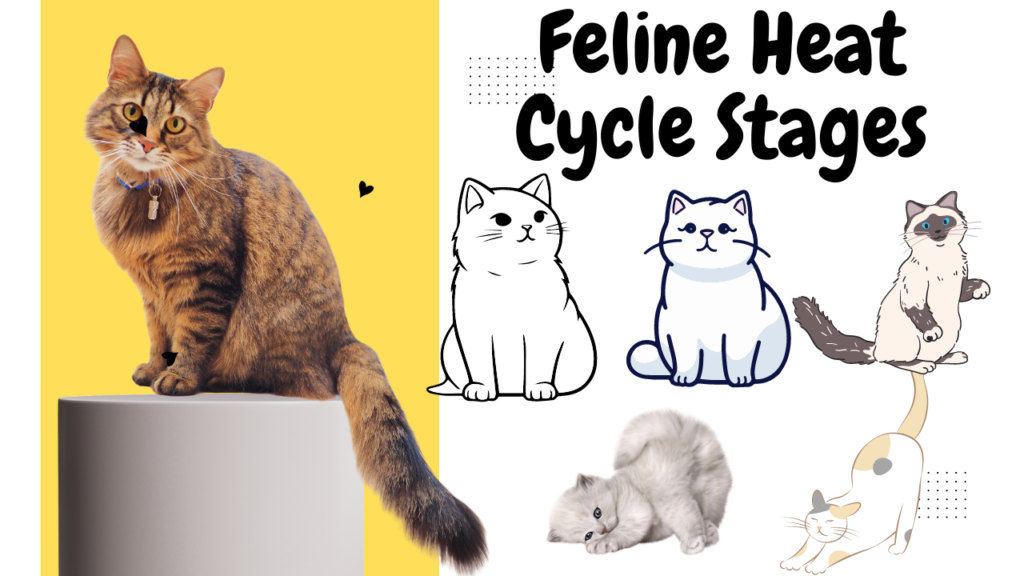
Signs Your Cat is in Heat
Identifying the signs of a cat in heat is essential for responsible pet ownership. Here are the most common signs:
- Vocalization: Increased yowling or howling, which can be loud and persistent. This vocal behavior is meant to attract males.
- Affectionate Behavior: Cats may become clingier and more affectionate towards their owners during this time, seeking attention and comfort.
- Positioning: The queen may exhibit a mating stance by positioning herself with her hindquarters elevated and her tail to the side, signaling her readiness to mate.
- Restlessness: Increased desire to escape or roam, as they instinctively seek potential mates outside.
- Frequent Urination: Marking territory with increased urination is common as a way to signal her availability to male cats.
Additional Behavioral Changes
Some cats in heat may engage in excessive grooming, rolling on the floor, or rubbing against furniture or people. It’s important to note that not all cats display obvious signs; some may experience “silent heats,” which makes it challenging to recognize their cycle. Familiarity with your cat’s typical behavior can help you identify these changes more easily.
Frequency of Heat Cycles
Female cats are seasonally polyestrous, meaning they can experience multiple heat cycles within the breeding season, typically spanning from February to November. The interval between cycles varies but usually occurs every 2-3 weeks if mating does not take place. This means that owners must be vigilant during this period, especially if they are not looking to breed their cats.
Caring for a Cat in Heat
Caring for a queen during her heat cycle involves understanding her needs and providing a supportive environment. Here are some effective tips:
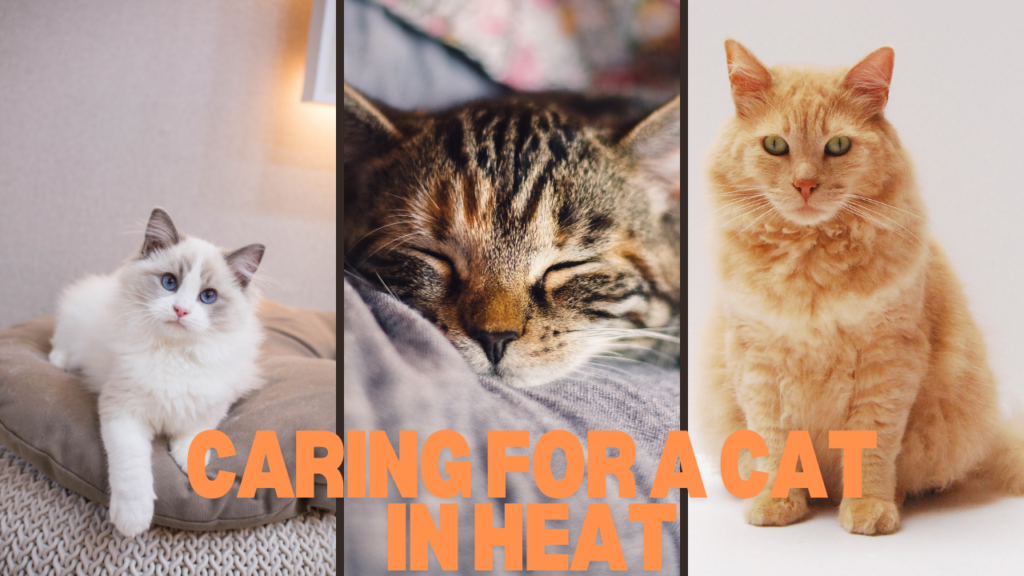
1. Provide Extra Attention
Cats in heat often seek more affection and comfort. Engaging in gentle play and petting can help soothe them. Create a calm environment where your cat feels safe and loved.
2. Create a Safe Space
If you do not intend to breed your cat, it’s crucial to keep her indoors to prevent unwanted pregnancies. Make sure windows and doors are secure to minimize her desire to escape.
3. Diet and Nutrition
Cats may experience fluctuations in appetite during their heat cycle. Providing electrolyte-infused water and easily digestible foods like chicken or fish can help maintain their health. It’s important to keep their diet balanced to ensure they remain nourished.
4. Consider Spaying
If you do not plan to breed your cat, spaying is a highly recommended option. This surgical procedure not only prevents unwanted litters but also eliminates heat cycles and associated behaviors. Consult with your veterinarian about the best time to spay your cat, ideally when she is not in heat.
Understanding Pregnancy in Cats
If mating occurs during the heat cycle, pregnancy typically lasts between 57 to 67 days. During this time, it’s crucial to provide proper prenatal care, including a nutritious diet, comfortable space for nesting, and regular veterinary check-ups. The average litter size is usually between 1-3 kittens, but larger litters can occur.
Preparing for Kittens
If your queen becomes pregnant, it’s essential to prepare for the arrival of kittens. Create a quiet, comfortable space for her to give birth, free from disturbances. Stock up on necessary supplies, such as:
- Nesting Box: A cozy, safe space where she can give birth.
- High-Quality Kitten Food: Nutritional food to support her during pregnancy and nursing.
- Veterinary Care: Schedule prenatal visits to ensure her health and the health of her kittens.
Conclusion
Understanding the heat cycle in female cats is vital for responsible pet ownership. By recognizing the stages and signs and providing appropriate care, you can ensure your queen remains happy and healthy during this natural phase of her life. Monitoring her behavior, maintaining a safe environment, and considering spaying options can prevent unwanted pregnancies and ensure her overall well-being. If you have any concerns or questions regarding your cat’s reproductive health, consulting with a veterinarian is always advisable.
By being informed and proactive, you can help your cat navigate her heat cycle with ease, ensuring she stays comfortable and cared for throughout this important time.
